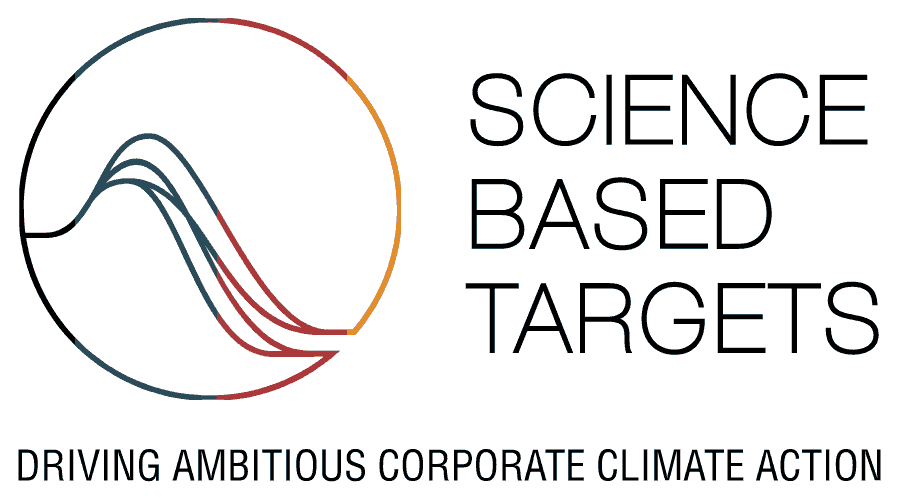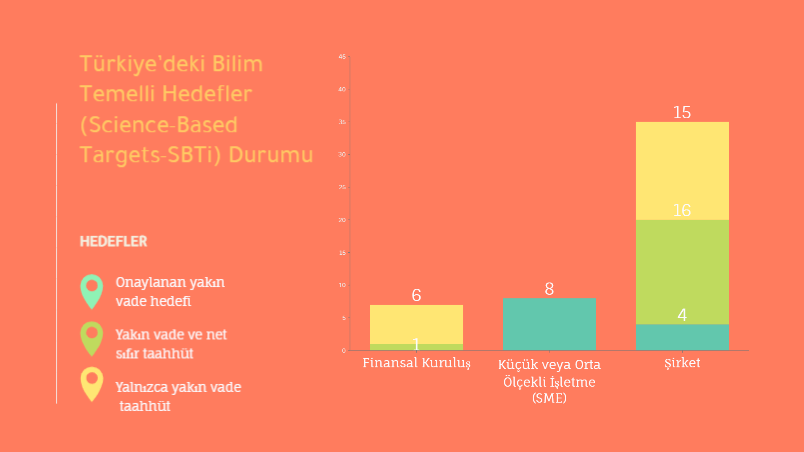Contents:
Toggle- The Science Based Targets Initiative (SBTi) is a collaboration between the Carbon Disclosure Project (CDP), the United Nations Global Compact (UNGC), the World Resources Institute (WRI) and the World Wide Fund for Nature (WWF). The initiative was created in 2015 to encourage companies to set emission reduction targets in line with the latest climate science.
- How Does the Process Work?
The Science Based Targets Initiative (SBTi) is a collaboration between the Carbon Disclosure Project (CDP), the United Nations Global Compact (UNGC), the World Resources Institute (WRI) and the World Wide Fund for Nature (WWF). The initiative was created in 2015 to encourage companies to set emission reduction targets in line with the latest climate science.
One of the main reasons for the creation of the SBTi is that current emission reduction targets set by governments and companies are not ambitious enough to prevent dangerous levels of global warming. The initiative aims to fill this gap by providing a framework for companies to set targets consistent with the goal of keeping the global temperature rise well below 2 degrees Celsius, as agreed in the Paris Agreement.
SBTi uses a sector-based approach, which means that each sector has a specific emissions reduction target that must be met to keep global warming below 2 degrees Celsius. These targets are based on the latest climate science and are regularly reviewed and updated. Companies that set targets in line with these sectoral targets are considered “science-based”.
The process of setting science-based targets is not easy and requires a lot of hard work and realistic commitment from companies. The first step is to conduct a comprehensive greenhouse gas (GHG) inventory, which involves measuring and reporting all greenhouse gas emissions from the company’s operations. The company must then set an emissions reduction target for the industry in which it operates, consistent with the sector-based target.
How Does the Process Work?
SBTi has defined specific requirement guidelines for some sectors such as cement, finance, chemicals, clothing, energy. You can click here to see the finalised and under preparation sector guidelines.
Once the target is set, the company should develop a plan to achieve the target, which should be reviewed and approved by an independent third party. The company should also report annually on its progress towards achieving the target.

The benefits of setting science-based targets are many. First of all, it helps to ensure that the company’s emission reduction efforts are consistent with the goal of keeping global warming below 2 degrees Celsius. This not only helps protect the planet, but also puts the company in a leading position in the fight against climate change.
In addition, setting science-based targets can help companies reduce the risks and costs associated with climate change. By reducing emissions, companies can reduce their exposure to regulations and carbon pricing, and reduce energy costs. Setting science-based targets can also help companies attract and retain environmentally conscious customers and employees.
In conclusion, the Science Based Targets Initiative (SBTi) is a vital tool for companies seeking to take meaningful action on climate change. By setting targets consistent with the latest climate science, companies can help ensure that global warming stays well below 2 degrees Celsius, while also reducing the risks and costs associated with climate change. The process of setting science-based targets is not easy, but it is worth the effort. By committing to SBTi, companies can position themselves as leaders in the fight against climate change and make a real difference in the world.
You can contact us for more detailed information about SBTi and to listen to our experiences.






